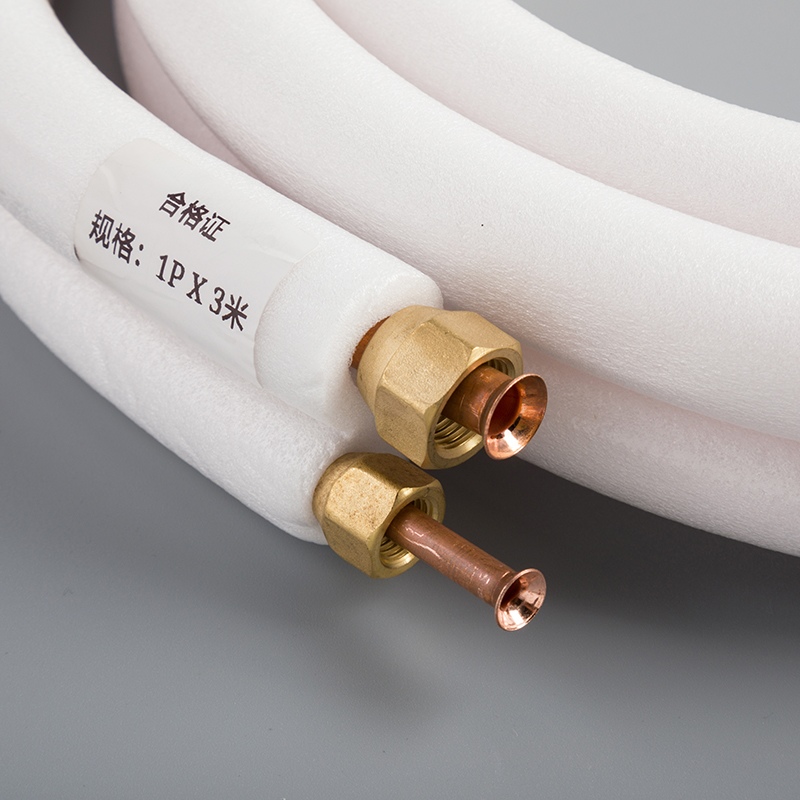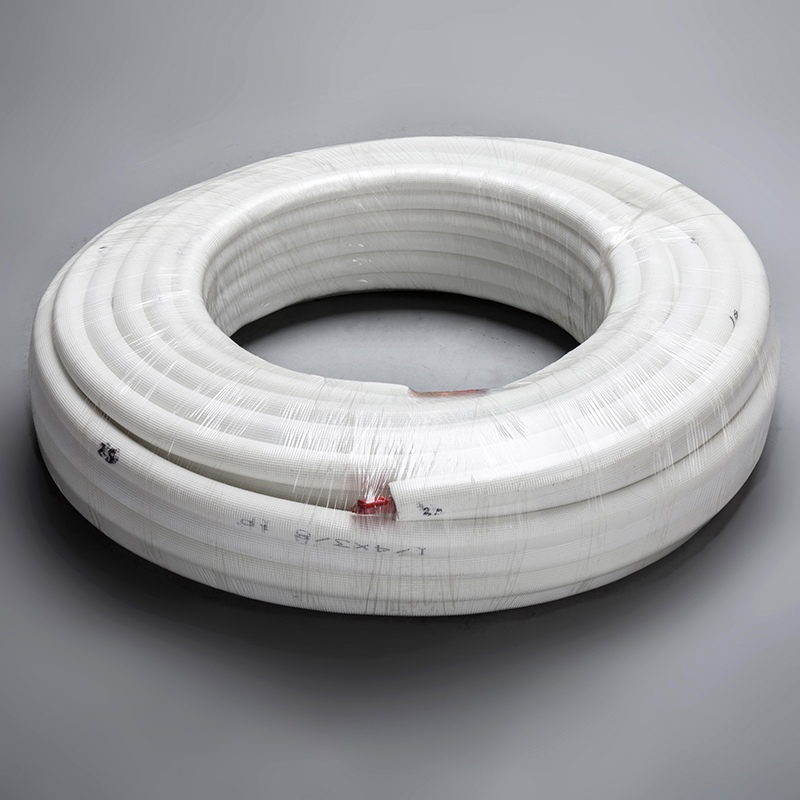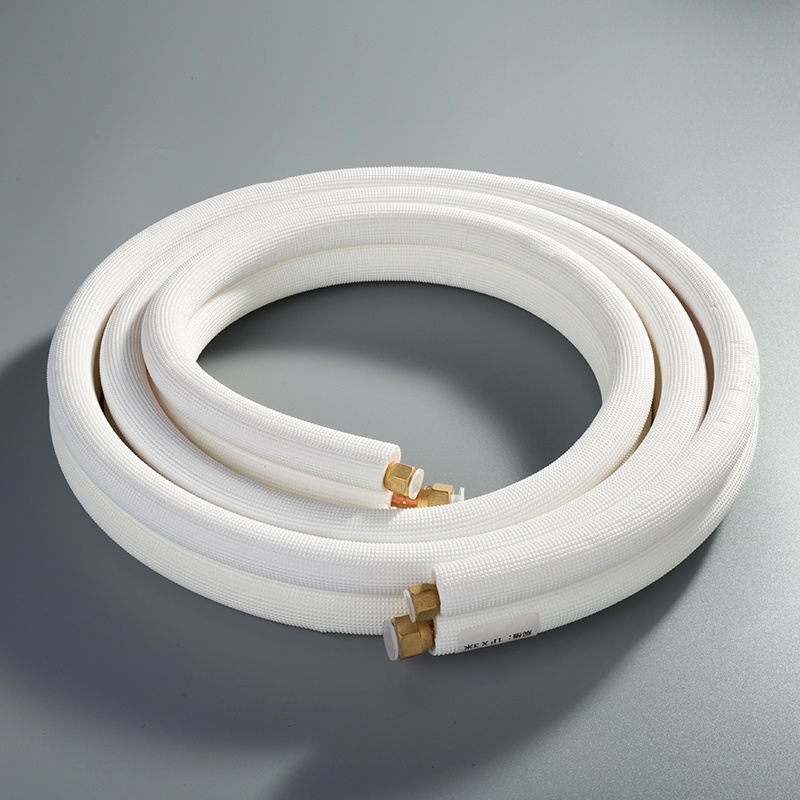Top Tips for Repairing Copper Pipes at Home

Tips for repairing copper pipes at home
To effectively maintain your home's plumbing system, understanding how to repair copper pipes is essential. By recognizing the signs of common issues like leaks or corrosion early on, you can prevent costly damages. Equipping yourself with the necessary tools and materials ensures you're prepared for any unexpected repairs that may arise. With the right knowledge and resources at hand, you can tackle minor fixes promptly and avoid major disruptions in your household. Here are some tips for repairing copper pipes at home:
Write a 'Tips' blog post on 'Tips for repairing copper pipes at home' to share your experiences and advice with others.
Always have a repair kit ready, including items like SharkBite fittings, epoxy putty, and repair clamps.
Regularly inspect your pipes for any signs of wear and tear to catch issues early.
If you're unsure about a repair, it's best to consult a professional to avoid further complications.
Practice proper soldering techniques to ensure a secure and lasting fix.
By following these tips, you can confidently handle minor plumbing issues and maintain the integrity of your home's plumbing system.
Essential Tools and Materials

When it comes to repairing copper pipes at home, having the right tools and materials is crucial for a successful fix. Let's explore the basic tools and essential materials you'll need to tackle any plumbing issues efficiently.
Basic Tools
Pipe Cutter
To start your repair project, a Pipe Cutter is essential for cleanly cutting through copper pipes. This tool ensures precise cuts, allowing you to remove damaged sections with ease and accuracy.
Soldering Kit
A Soldering Kit is indispensable for sealing leaks or joining copper pipes together securely. With a torch, soldering paste, and other necessary components, you can effectively solder fittings and create watertight connections.
Essential Materials
SharkBite Fittings
SharkBite Fittings are convenient solutions for quick repairs without the need for soldering. These push-to-connect fittings allow you to easily replace damaged sections of copper pipe without specialized tools, making them ideal for temporary fixes.
Epoxy Putty
Epoxy Putty is a versatile material that can be used to seal small holes or cracks in copper pipes. By mixing the two-part compound and applying it directly to the damaged area, you can create a strong and durable patch that withstands water pressure.
By ensuring you have these essential tools and materials on hand, you'll be well-equipped to address any unexpected plumbing issues that may arise in your home.
Step-by-Step Repair Tips

When facing issues with your copper pipes, it's crucial to address them promptly with the right repair techniques. Here are some step-by-step tips for both temporary fixes and permanent solutions that will help you maintain your plumbing system effectively.
Temporary Fixes
Using Repair Clamps
To start repairing copper pipes at home temporarily, consider using Repair Clamps as a quick solution for leaks. Begin by identifying the damaged area on the pipe, then select an appropriately sized clamp to cover the hole securely. Position the clamp over the leak and tighten it in place using a screwdriver. This method provides an immediate fix to prevent further water damage until a more permanent solution can be implemented.
Applying Epoxy Putty
Another temporary fix for repairing copper pipes at home is Applying Epoxy Putty to seal small holes or cracks effectively. First, clean and dry the damaged area of the pipe thoroughly. Next, knead together equal parts of the epoxy putty until well mixed, and then apply it directly over the leak. Press firmly to ensure adhesion and allow it to cure as per the manufacturer's instructions. This method offers a reliable patch that can withstand water pressure until a permanent repair can be made.
Permanent Solutions
Soldering Techniques
For a lasting repair when repairing copper pipes at home, mastering Soldering Techniques is essential. Begin by preparing the damaged area of the pipe, ensuring it is clean and free of debris. Apply flux to both the pipe and fitting before heating them with a torch to melt solder into the joint securely. Proper soldering creates a watertight seal that reinforces connections and prevents future leaks.
Using Repair Sleeves
When seeking a more permanent solution for repairing copper pipes at home, consider utilizing Repair Sleeves for larger damages or sections that require replacement. Start by turning off the water supply and cleaning the affected area thoroughly. Slide the repair sleeve over the damaged section of pipe, ensuring it covers beyond the affected area. Securely fasten the sleeve in place according to manufacturer guidelines for a durable and long-lasting fix.
Common Mistakes to Avoid
When repairing copper pipes at home, it's crucial to be mindful of common mistakes that could potentially worsen the situation. By avoiding errors in measurements, cleaning, and soldering, you can ensure a successful repair process without complications.
Incorrect Measurements
One of the most common mistakes homeowners make when repairing copper pipes is inaccurate measurements. Failing to measure the damaged area correctly can lead to using the wrong-sized fittings or sleeves, resulting in leaks or improper seals. To prevent this issue, always double-check your measurements before proceeding with any repairs.
Inadequate Cleaning
Another mistake to avoid when repairing copper pipes at home is inadequate cleaning of the affected area. Dirt, grime, or corrosion on the pipe surface can hinder proper adhesion and sealing during repairs. Before applying any patches or soldering, thoroughly clean the damaged section to ensure a secure and lasting fix.
Improper Soldering
Improper soldering techniques are often a pitfall for those repairing copper pipes independently. Inadequate heating, incorrect flux application, or insufficient solder can result in weak joints that are prone to leaks. When soldering copper pipes, ensure that both the pipe and fitting are clean, apply flux evenly, heat the joint uniformly, and allow the solder to flow smoothly for a strong bond.
By being vigilant about these common mistakes and taking necessary precautions, you can effectively address issues with your copper pipes at home and maintain a reliable plumbing system for years to come.
Testimonials:
Use bold for the person's name or position.
Blockquotes for the testimonial text.
Use italic for emphasizing impactful phrases.
Lists for multiple testimonials or key points within them.
Inline
codefor specific products, services, or outcomes mentioned.
In conclusion, remember these essential tips when repairing copper pipes at home. Prioritize regular inspections to catch issues early and have a repair kit ready with SharkBite fittings and epoxy putty. Proper repair techniques are crucial for a lasting fix, ensuring the integrity of your plumbing system. If uncertain, don't hesitate to seek professional help like Care Plumbing, known for their exceptional quality of work and professionalism. Trust in experts like John and Mike to handle your plumbing needs with honesty and care.
See Also
Simple Steps for Repairing a Split Copper Pipe Easily
Quick Fix: Simple Steps for Repairing Copper Pipe Leaks
Home Mastery: Learn Copper Pipe Soldering Techniques


